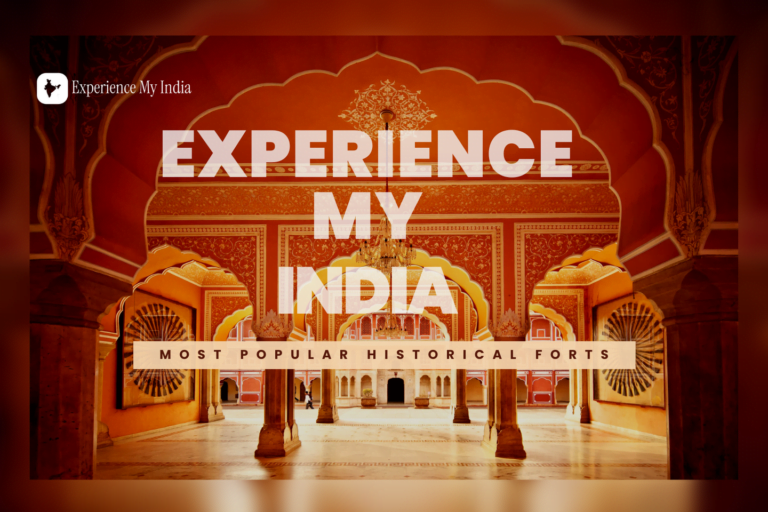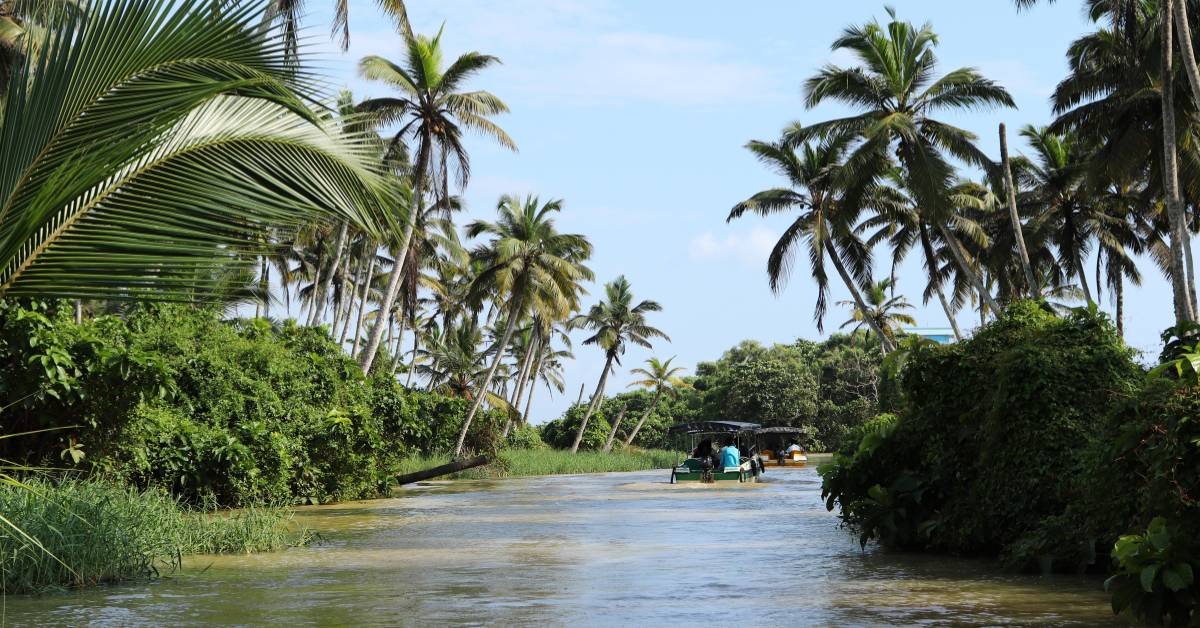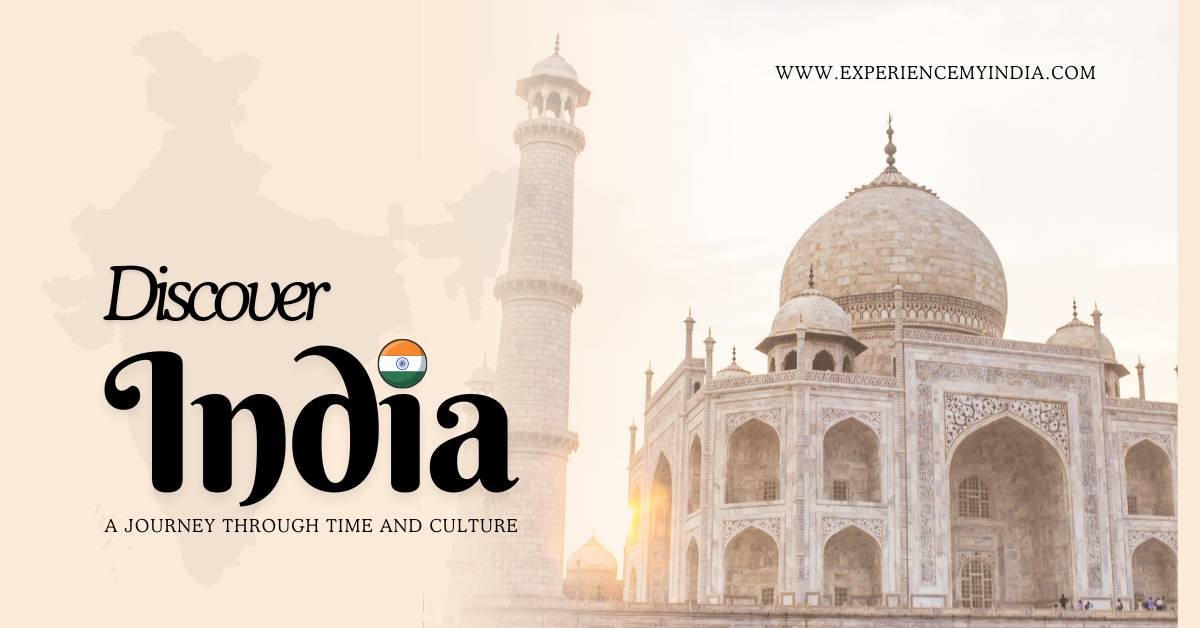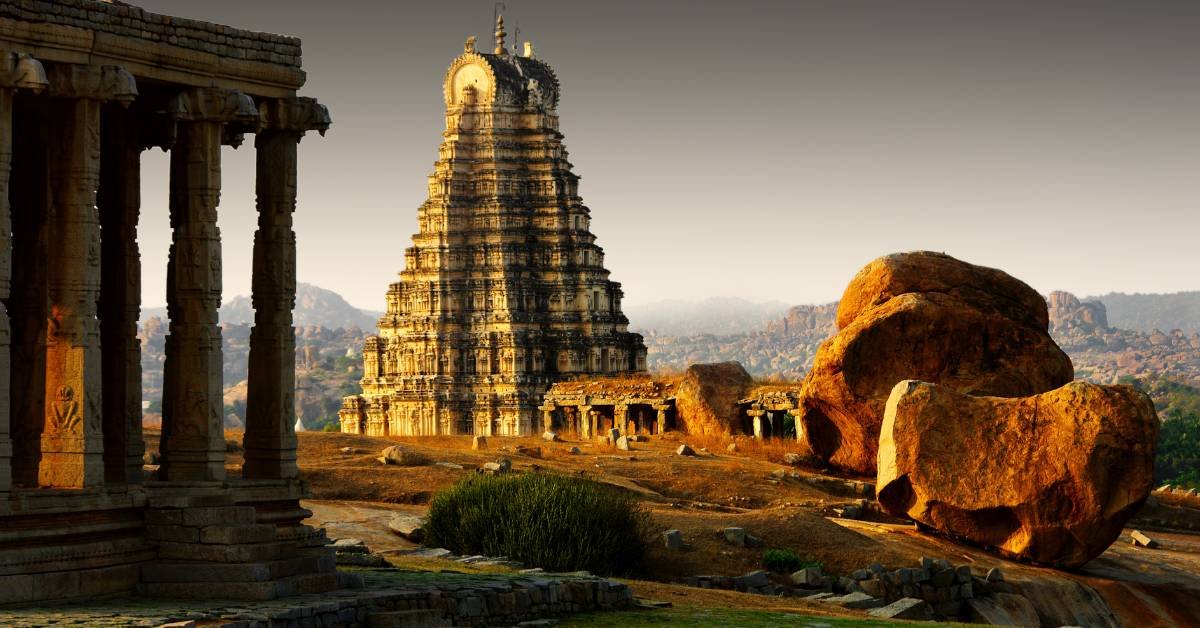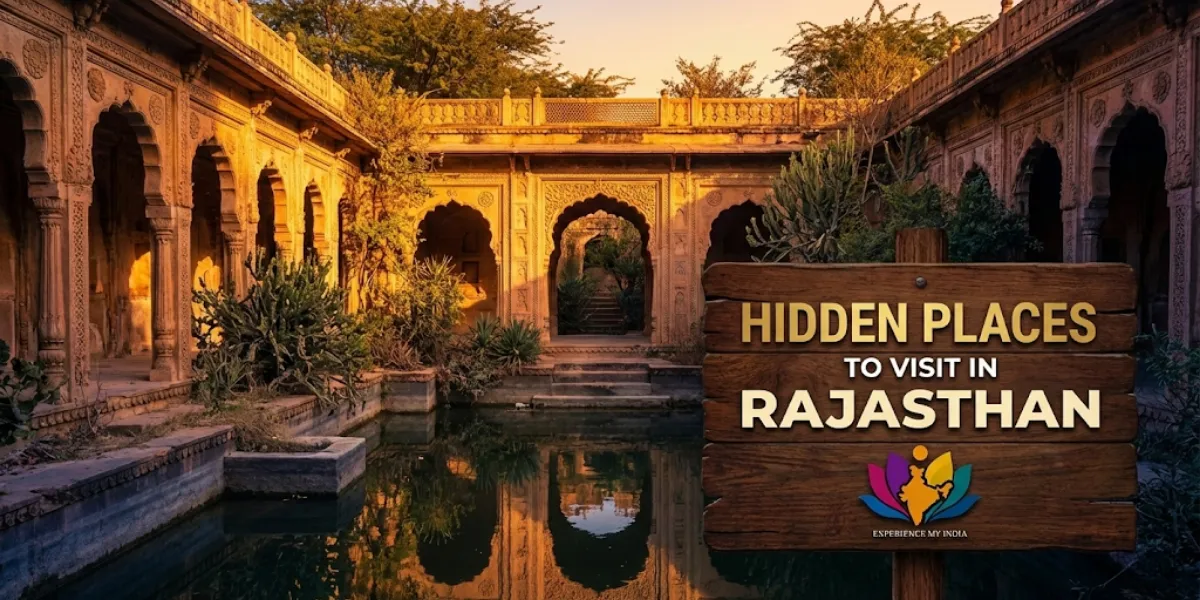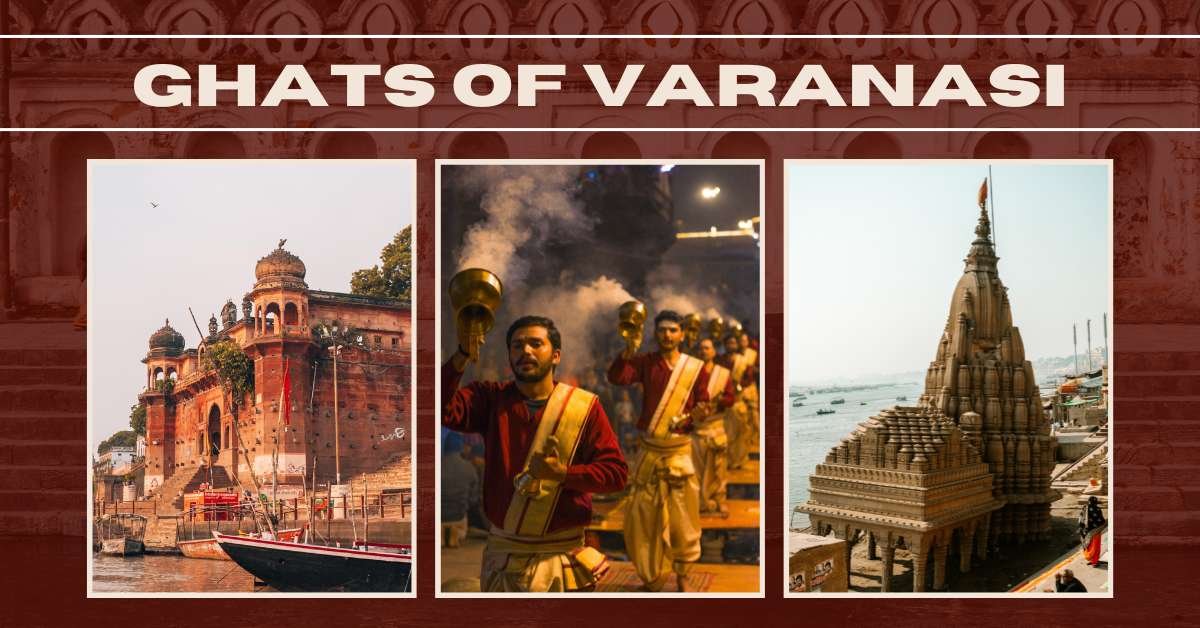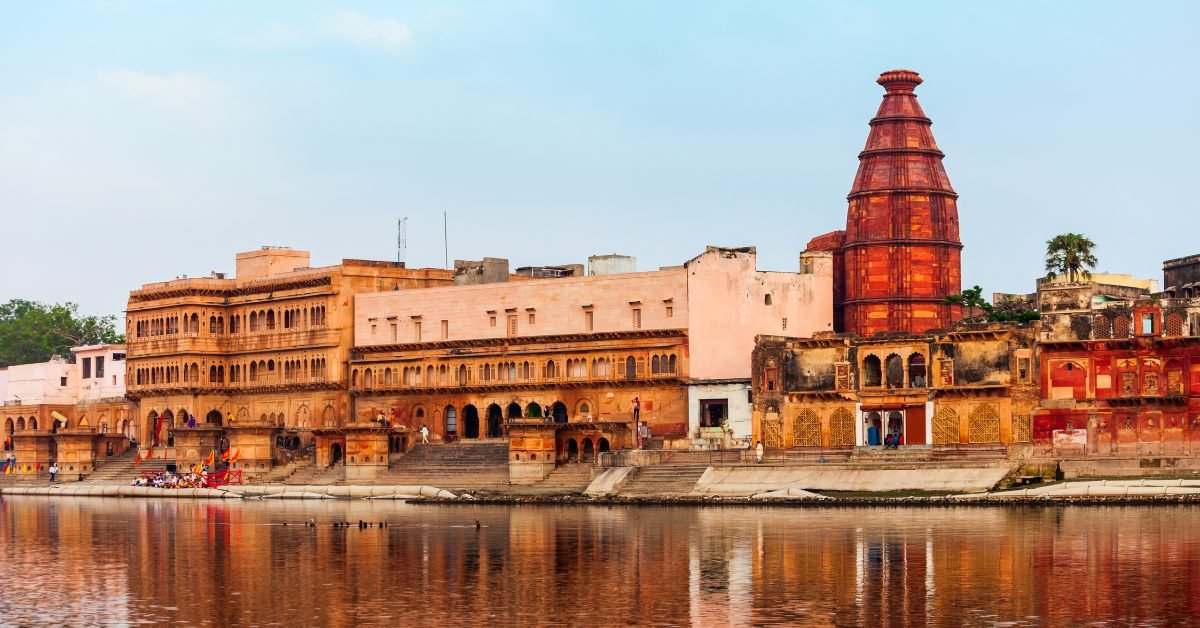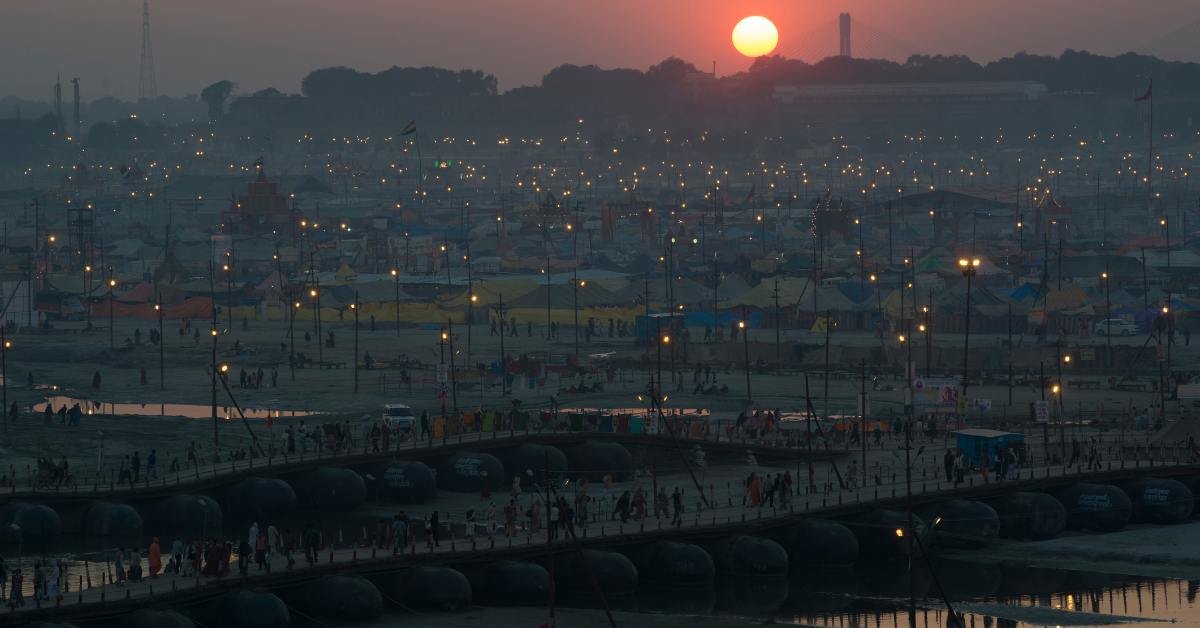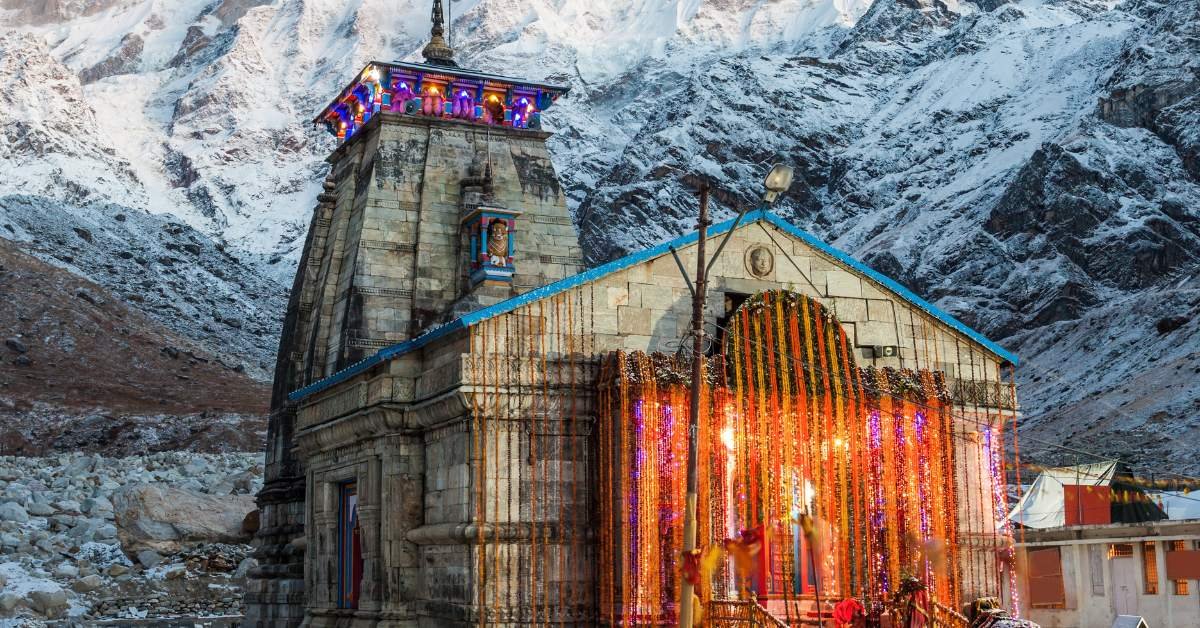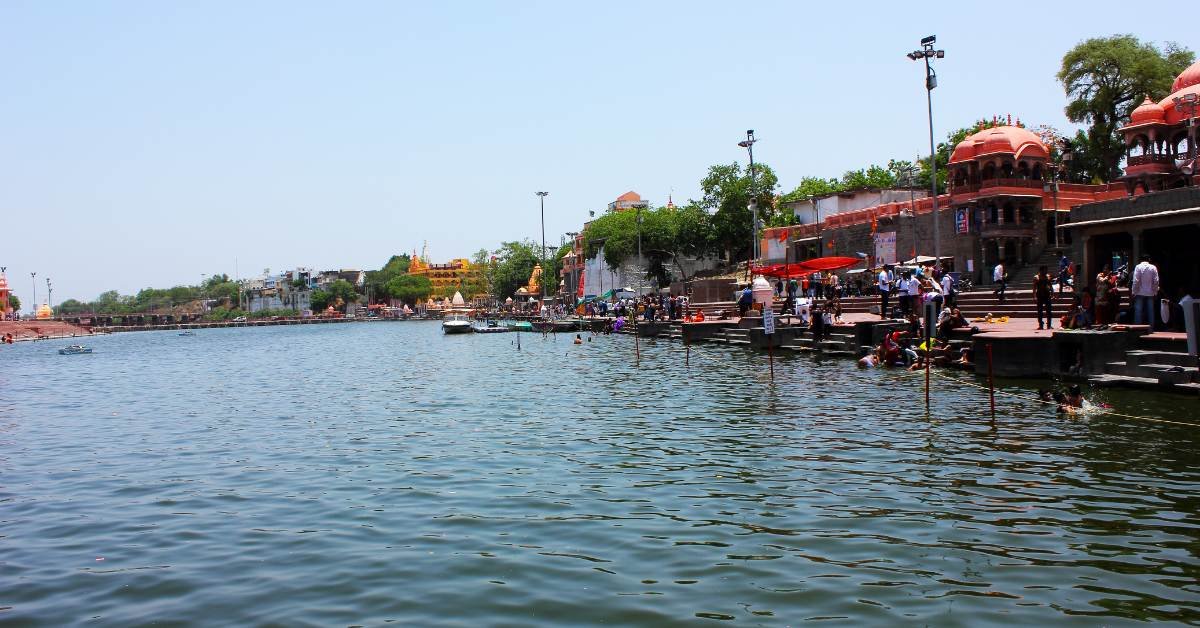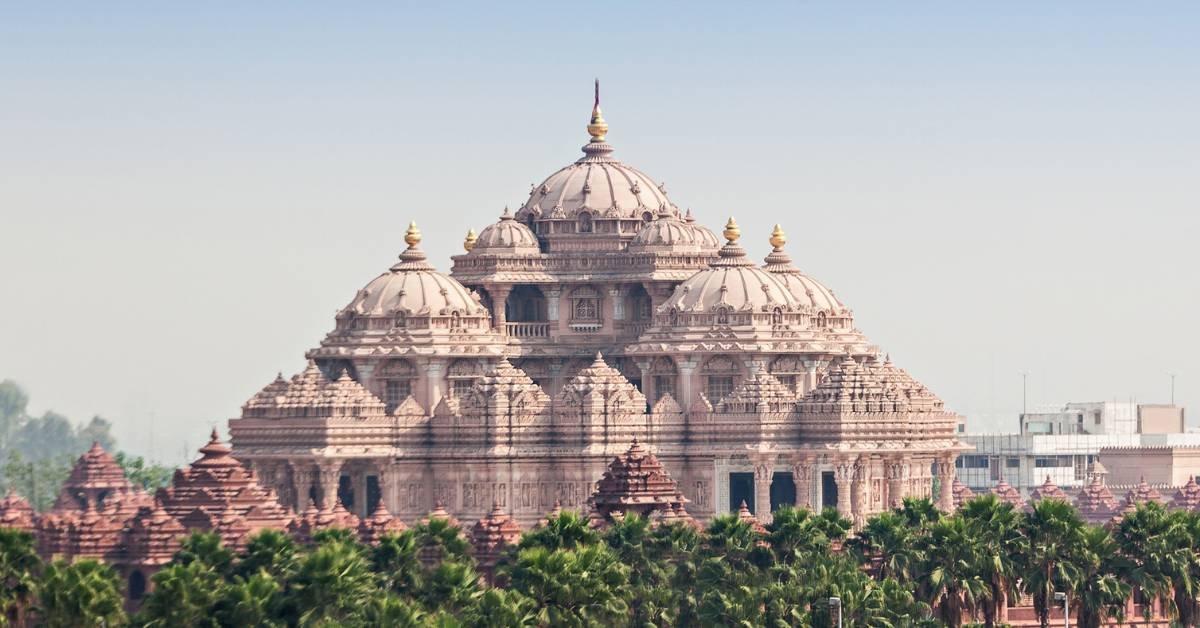There are places you visit for beauty, and then there are places that shake your soul. Manikarnika Ghat in Varanasi is one such place—a sacred stage where life and death co-exist, where silence speaks louder than words, and where every flame tells the story of a soul returning home.
Known as the most ancient and continuously active cremation ground in the world, this ghat is not just a landmark—it's a passage. A place where time feels paused, and the eternal cycle of existence feels tangible.
Introduction – The Sacred Identity of Manikarnika Ghat in Varanasi
- Cultural Heartbeat: Among the 84 ghats of Varanasi, Manikarnika is spiritually the most significant.
- The Final Pilgrimage: Hindus across India bring their loved ones here, believing cremation at Manikarnika ensures moksha—liberation from rebirth.
- Eternal Flames: Cremation fires here have been burning continuously for centuries. It is believed the fire was lit by Lord Shiva himself and has never extinguished.
- Spiritual Intensity: The atmosphere is dense with chants, smoke, and rituals, yet there’s an overwhelming calmness—a rare blend of acceptance and divinity.
For those who visit Manikarnika Ghat in Varanasi, the journey becomes not just spiritual but transformational.
Book Your Varanasi Tour Packages
Mythological and Historical Roots of Manikarnika Ghat in Varanasi
- Name Origin: 'Manikarnika' comes from ‘Mani’ (jewel) and ‘Karnika’ (earring). It has believed that Goddess Parvati’s earring fell here while bathing, and Lord Shiva dug a kund to find it.
- Shiva’s Presence: According to scriptures, Lord Shiva whispers the Taraka Mantra in the ear of those dying in Kashi, ensuring salvation.
- Vishnu’s Devotion: It’s said that Lord Vishnu meditated here for thousands of years. The sweat from his meditation formed the sacred Manikarnika Kund.
- Kund's Legacy: The kund still exists next to the ghat and is believed to hold spiritual vibrations strong enough to purify karmas.
No other ghat in India carries such a potent mix of mythology, faith, and finality as Manikarnika Ghat in Varanasi.
Book Your Varanasi Tour Packages

Exact Location and How to Reach Manikarnika Ghat in Varanasi
Address: Near Lalita Ghat, Lahori Tola, Varanasi, Domari, Uttar Pradesh 221001
- By Air: Fly into Lal Bahadur Shastri International Airport (approx. 25 km from the city).
- By Rail: Varanasi Junction and Kashi Railway Station are the closest stations.
- By Road: Taxis and autos can take you to Godowlia Chowk, after which you walk through ancient lanes of Lahori Tola.
- By Boat: You can hire a boat from Dashashwamedh or Assi Ghat. Sunrise and sunset boat rides offer stunning views of the ghat in action.
The approach to Manikarnika Ghat in Varanasi—through narrow alleys, sacred chants, and incense smoke—feels like a transition between two realms.
Book Your Varanasi Tour Packages
Cremation Rituals at Manikarnika – The Sacred Process of Liberation
- Arrival of the Dead: Bodies are brought on bamboo stretchers, wrapped in cloth and carried by chanting male relatives.
- Wood Ritual: Families purchase wood—often sandalwood, mango, or babul—measured precisely for the ceremony.
- Role of the Doms: The Dom community has preserved the eternal flame and cremation duties for generations. They are the custodians of moksha.
- The Fire That Never Dies: The sacred fire, known as Akhand Agni, is believed to have been burning for over 3,000 years.
- Ashes to River: After cremation, the ashes are immersed in the Ganga, symbolizing the merging of the soul with eternity.
At Manikarnika Ghat in Varanasi, death is not an end. It is a crossing, guided by ritual, smoke, and sacred fire.
Book Your Varanasi Tour Packages
Manikarnika Kund – The Underrated Spiritual Treasure
- What is Manikarnika Kund? A sacred pond beside the ghat, believed to be dug by Lord Shiva himself to retrieve Parvati’s earring.
- Spiritual Power: Bathing here has believed to cleanse sins and purify the soul before cremation or meditation.
- Footprints of Vishnu: Inside the kund area is the Charan Paduka, where Lord Vishnu's footprints are worshipped.
- Less Crowded: Unlike the ghat, the kund is often quiet, offering a rare spot for personal reflection.
- Local Belief: Yogis and saints have meditated here for centuries due to the high energy of the place.
Though less talked about, the Manikarnika Kund is the spiritual heartbeat of the Manikarnika Ghat in Varanasi.
Book Your Varanasi Tour Packages
Visual and Cultural Impact of Manikarnika in Society
- Documentaries & Books: Manikarnika has featured in BBC, NatGeo, and Indian documentaries for its raw, real portrayal of death.
- Literature & Poetry: Countless poems and writings have emerged from visitors who found clarity and peace here.
- Art & Photography: Artists from across the globe visit to sketch or paint the landscape, always under ethical, respectful observation.
- Spiritual Tour Highlights: Many seekers from abroad consider a visit to Manikarnika as a turning point in their spiritual awakening.
Manikarnika Ghat in Varanasi is not a place for spectacle—it’s a canvas of human emotion, culture, and cosmic truth.
Book Your Varanasi Tour Packages
Dos and Don’ts at Manikarnika Ghat in Varanasi
✔ Dos:
- Walk quietly and respectfully.
- Hire a certified spiritual guide for context.
- Dress modestly.
- Observe with an open heart, not a camera lens.
✘ Don’ts:
- Don’t photograph cremations or grieving families.
- Don’t enter the ghat under the influence of alcohol.
- Avoid insensitive behavior like laughing or talking loudly.
- Never bargain aggressively with the Dom community.
Visiting Manikarnika Ghat in Varanasi demands a mindset of reverence and empathy.
What’s Around Manikarnika? Nearby Must-Visits
- Lalita Ghat: Just next door, peaceful and home to the Nepali Temple.
- Scindia Ghat: Known for its sunken temple in the river—striking at sunrise.
- Kashi Vishwanath Temple: One of the holiest Shiva shrines, a 10-minute walk.
- Vishwanath Gali: Offers a burst of color, street food, and souvenir shopping.
- Dashashwamedh Ghat: For evening Ganga Aarti, offering a contrast of light to Manikarnika’s smoke.
A visit to Manikarnika Ghat in Varanasi can combined with serene, colorful, and enlightening experiences nearby.
Book Your Varanasi Tour Packages
Why Manikarnika Ghat is Spiritually and Emotionally Unforgettable
- It’s the Only Place Where Fire has Not Feared but Revered.
- A Reminder of Equality: Kings and paupers, all meet the same fate here.
- Life-Changing Clarity: Many travelers report a renewed sense of gratitude and self-realization after visiting.
- Not Just for the Dead: For the living, it's a mirror—to reflect, to shed ego, and to reconnect with the eternal.
More than a cremation ground, Manikarnika Ghat in Varanasi is a sacred theatre where the soul’s final act unfolds with dignity.
Book Your Varanasi Tour Packages
FAQs – Manikarnika Ghat in Varanasi
Q1. What is the spiritual significance of Manikarnika Ghat?
A: It’s considered the gateway to moksha—freedom from rebirth—making it one of the holiest places to be cremated.
Q2. Can I witness cremation ceremonies as a tourist?
A: Yes, but respectfully. Photography is discouraged unless granted special permission.
Q3. Is the ghat safe for foreign visitors?
A: Absolutely. Just stay with a guide and respect local customs.
Q4. What’s the difference between Manikarnika and Harishchandra Ghat?
A: Both are cremation ghats, but Manikarnika is older and more spiritually significant.
Q5. Can I bathe at Manikarnika Ghat?
A: No. It's a cremation ground. You may bathe at neighboring ghats like Dashashwamedh or Assi.
Q6. What is the best time to visit?
A: Early morning or evening, when the rituals are active yet the crowds are manageable.
Q7. Is the eternal flame real?
A: Yes. The Dom community has preserved the sacred fire for generations without interruption.
Q8. Are there food stalls or cafes nearby?
A: Yes, small local eateries are available near Lahori Tola and Vishwanath Gali.
Q9. Can women visit Manikarnika Ghat?
A: Yes, but traditionally women do not attend cremation rituals. It’s a personal and cultural choice.
Q10. What emotions should I expect?
A: A mix—humility, reflection, sorrow, and peace. It’s intense, but deeply moving.
Conclusion – Manikarnika Ghat in Varanasi: Where Souls are Freed, and the Living are Awakened
Manikarnika Ghat in Varanasi is not just a place to visit—it’s a place to feel, to understand, and to transform. It's where the sacred and the earthly merge into one timeless truth. You don’t leave Manikarnika the same as you arrived. A part of you stays there—humbled, awakened, grateful.
At Experience My India, we honor this journey with sensitivity, insight, and utmost care. Let us help you experience Varanasi not as a tourist—but as a seeker.
Contact Experience My India Today:
📞Call Us: +91 7037550028
📲WhatsApp Us: +91 7037550028
🌐Visit Our Website: Experience My India

